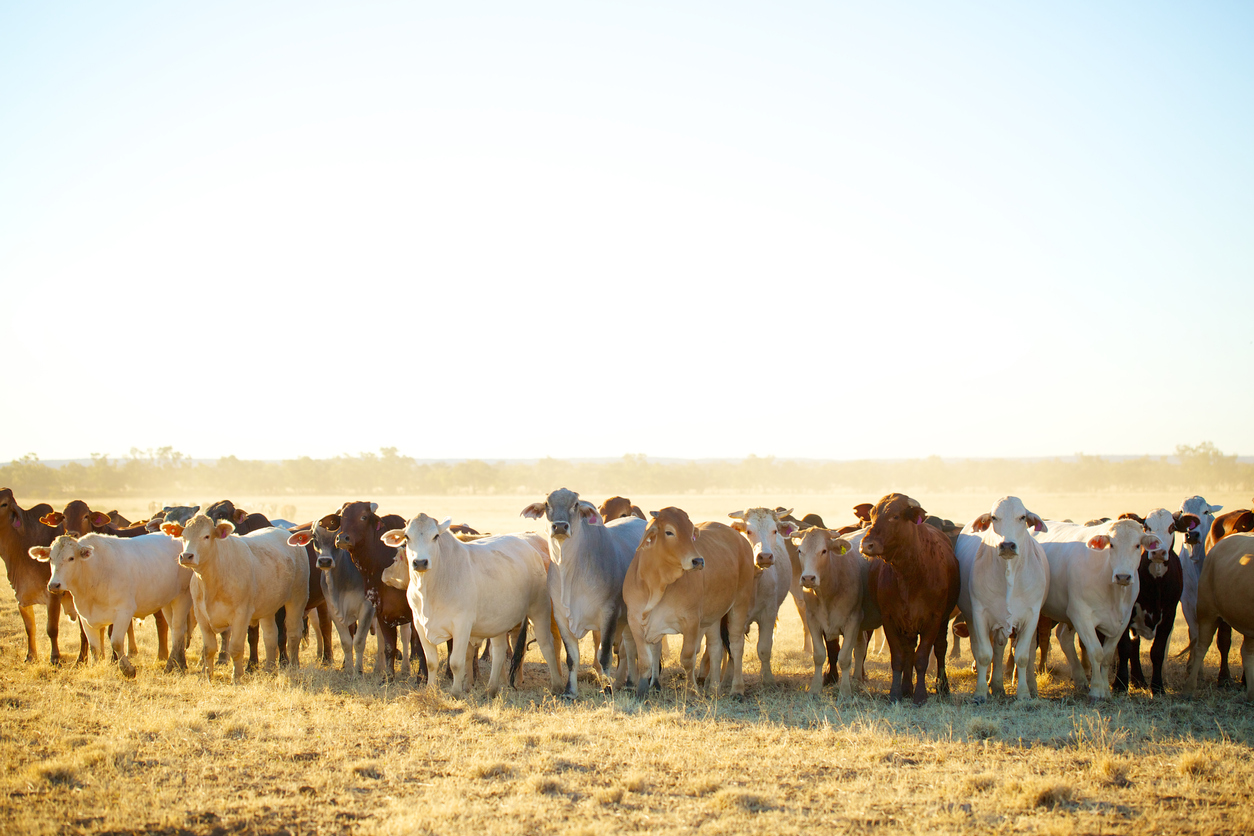Autumn trading fundamentals

20 March 2023
We sat down with Chris Howie, StockCo’s National Business Development Manager to explain the fundamentals of trading as we head into Autumn.
With autumn upon us, it’s a great time to refresh on the fundamentals of trading. When there is lots of grass, the need to use it drives the price rather than the sale outcome in many instances. Therefore, when we’re heading into a low supply period, it’s important to factor in the variables to supply into a target market.
What is trading?
Trading is when you have a plan specific to meeting a target market, and sufficient resources to achieve that result. Unlike Punting which is buying in the hope that it might rain somewhere – this is a real trap for inexperienced farmers and agents who do not have the network of available feed locations if it doesn’t rain.
When is the right time to buy?
Often, we become complacent and follow a timeline based on what has been done every year. The problem with this is that livestock trading is dynamic and changes from season to season. Don’t be concerned about leaving grass in the paddock or buying when the market is falling – as long as you have sufficient feed, fodder or grain to get the livestock up to target market specification (with some to spare), you can achieve a successful result.
Chris Howie said that he loved buying at this time of year when trading for clients – plain cows, slabby unfinished steers/heifers, merino ewes and lambs with weight but no condition. Buying when others are selling because of feed shortages or times of large numbers makes for positive trades – as long as you can finish them!!
What should we buy?
Before you start trading, it’s essential that you create a strong relationship with your agent or end-user and ask them what they need. You should also establish what your target market is before you buy any livestock. When thinking about what to buy, there are several things you should consider:
- Have several options – don’t get locked into one lane.
- Buy the livestock that your infrastructure is set up to handle (ie No cattle yards, no cattle, stuffed fences or XB lambs)
- Think about how long you can carry them for and whether you have the sufficient feed to finish the number. Try to avoid carrying a trade through two winters (depending on the area of course)
Weight gain is the main driver of trading margin, other than PTIC or SIL operations.
A trap for many is to buy livestock that has very little potential to put weight on. For example, Weaners straight off the cow normally lose weight, therefore you need to grow a frame to add weight. Likewise, immature lambs will be impacted significantly by health issues if they’re put into a feedlot environment – their ribs need to spread to provide weight and yield.
What is an acceptable margin?
This is entirely up to you but be careful of transfer pricing – the value of the grain is what you can sell it for, not what it costs you to grow it.
Chris Howie strongly believes that you make your money when you buy, not when you sell. Buying livestock that looks shiny and attractive is better suited to long-term breeder operations, and doesn’t create the best trading margin. It’s more important that you’re able to see the potential in what you buy and the end user demand for specific traits or genetics.
An old trading rule of thumb is a couple of good ones, a very good one, a break-even and a loss. If you refine your drivers and can improve the break-even and loss years, it becomes a substantial part of your business revenue. Always debrief each year’s trades and the number of kilograms produced.
Opportunistic trading can fit into your operation very easily.
Livestock trading is all about being nimble and flexible enough to seize the opportunities when they come – excess feed, change in cropping program, lease next door or changing older females for younger females.
The advent of the StockCo offering was designed to provide you with opportunistic flexibility, without interfering with your overdraft facility.
If you want to know more, we love a chat at StockCo.
This guidance is provided as a general overview of trading principles only and should not be construed as farming or livestock agency advice. Please seek professional advice from your trusted livestock agent in relation to the pros and cons of specific trades that you are looking to enter.


